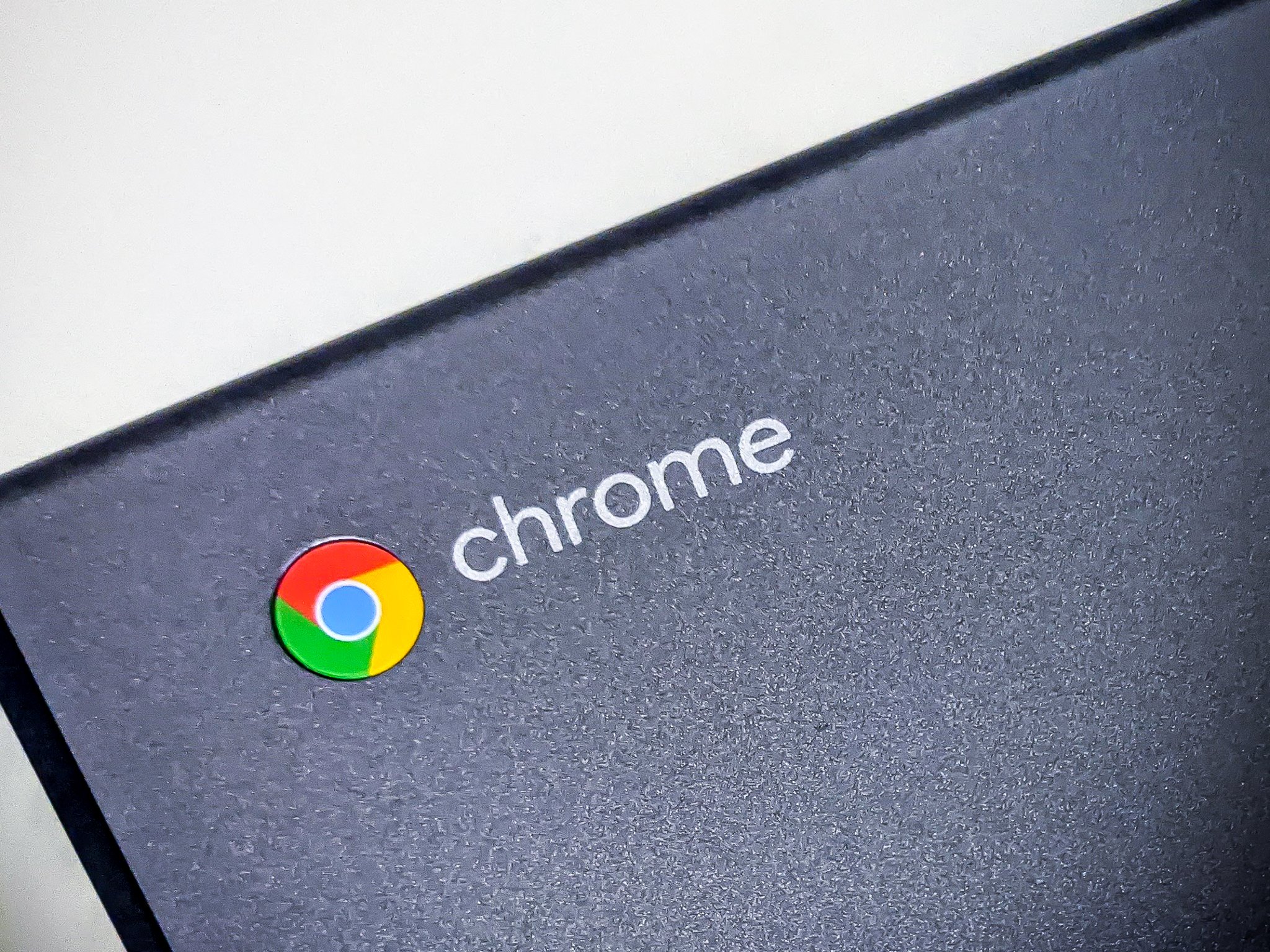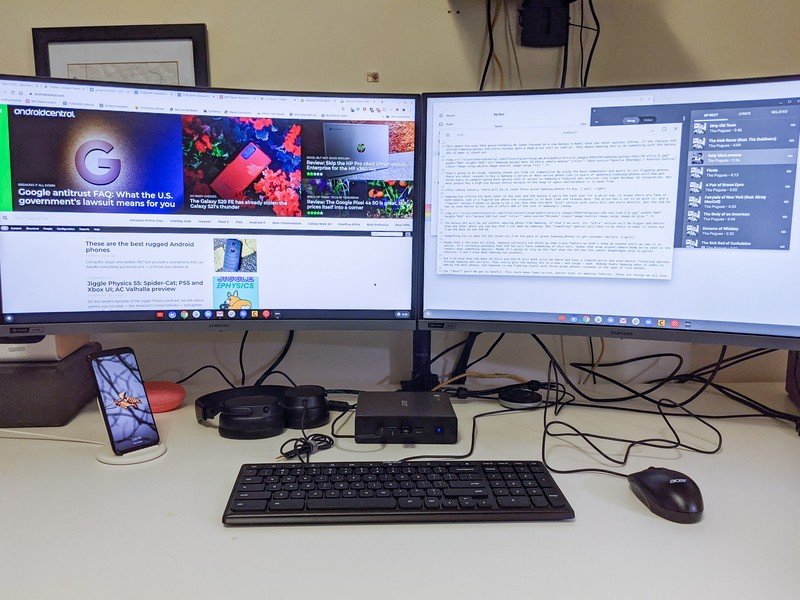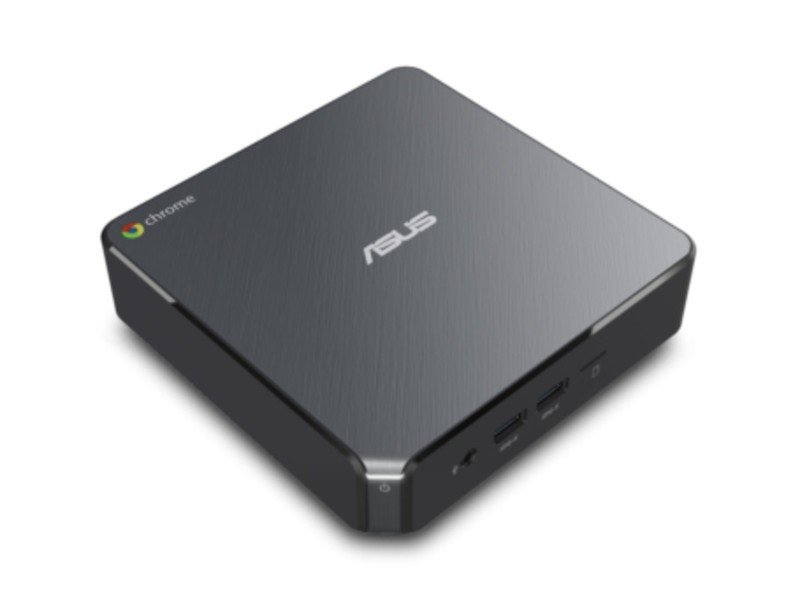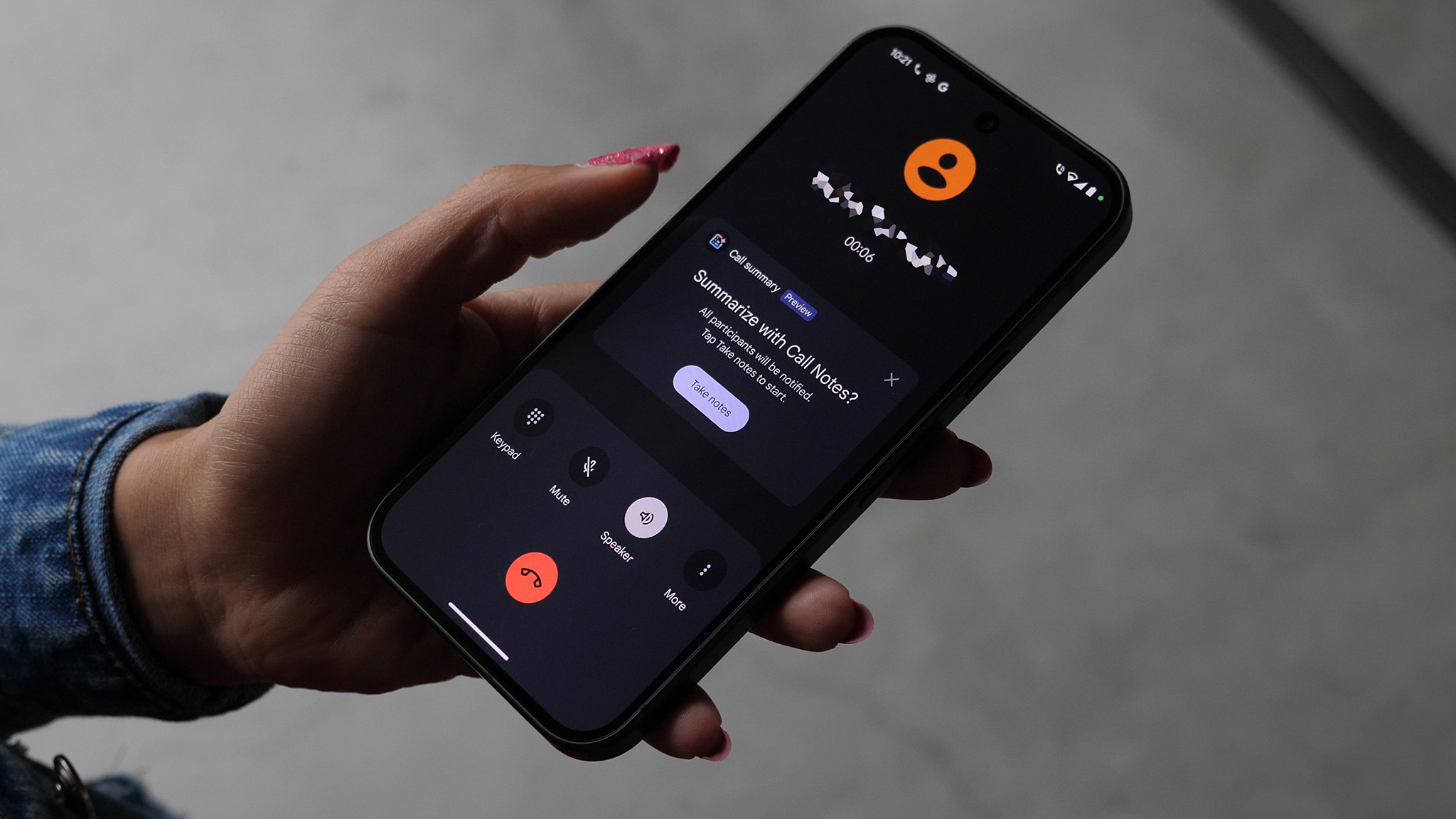The Raspberry Pi 400 is a perfect design for a new Chromebox

The Raspberry Pi 400 is a great idea; it's a keyboard with a Raspberry Pi built into it will all the ports exposed through the back. That means you add power, a mouse, and an HDMI cable to a monitor, and you turn it on and start computing. It not only takes me back to the days of using a Commodore 64 — it makes for a very tidy desktop computer that's fully featured and actually powerful enough for most things people do on a computer.
It's like a Commodore 64, except you attach a mouse and not a joystick.
There are a few drawbacks, but the biggest one is that it runs Linux, which most people are unfamiliar with and will quickly get frustrated when doing anything other than clicking an icon. I've used Linux for what seems like forever, and I still need a reference guide once in a while. Unfortunatley, that's not the simple and easy computer most people are looking for.
That's where a Chromebox shines. It's very simple, very easy, and as a bonus, it's very secure. That is what most people are looking for in a casual computer. You'll never have to open a terminal and read a help file with Chrome OS. This is why I think a manufacturer needs to make a super lightweight Chromebox using the same form factor as the new Raspberry Pi 400.

Your Chromebox setup doesn't need to look like the mess you see in the photo above, and to be fair, there is a lot more than a mouse and keyboard going on there. If you add a stand-alone amp and speakers, ethernet, a second amp for headphones, and all the wires that need to be connected for it all, you'll have wire-spaghetti to deal with. Yes, you can add all that stuff to the Raspberry Pi, too.
You can add a bunch of cables, but you don't have to.
But you don't have to do any of that. Most monitors have speakers, and audio works great over HDMI, or you can connect the Pi 400 to a television. You can even add a wireless mouse (either Bluetooth or a wireless receiver type works) to cut back on yet another wire. You can have a fully functional desktop PC with only a power cord and a video cable coming out the back.
This suddenly makes a keyboard into a computer that works anywhere there is a monitor to plug it into. The best thing about a Chromebook is that it's 100% portable. The best thing about a Chromebox is that it's not dependent on a battery for power, so the same hardware can run at higher speeds for a longer time. A ChromeOS "keyboard computer" isn't quite as portable as a laptop and won't have the same active cooling a Chromebox has, but it would be a great mix of both.
If you like or aren't afraid of trying new things, you should probably pick up a Raspberry Pi 400.
I'll be buying a Raspberry Pi 400 because I love the Raspberry Pi and know I'd get use out of it. I think anyone who isn't afraid of trying a new operating system (or loves the idea of trying something new) should probably buy one, too. With the Pi 400, you don't have to bother with building a case or sourcing any peripherals, and that makes the experience better and easier.
Get the latest news from Android Central, your trusted companion in the world of Android
But I'd love to be able to recommend a Chrome OS-based all-in-one PC keyboard because it would be a better experience for most people. I don't think it will ever happen, but like my dad always said — "it's good to want things."
New Chromeboxes are coming soon from Acer and HP, but our best choice is below if you can't wait.

Jerry is an amateur woodworker and struggling shade tree mechanic. There's nothing he can't take apart, but many things he can't reassemble. You'll find him writing and speaking his loud opinion on Android Central and occasionally on Threads.

